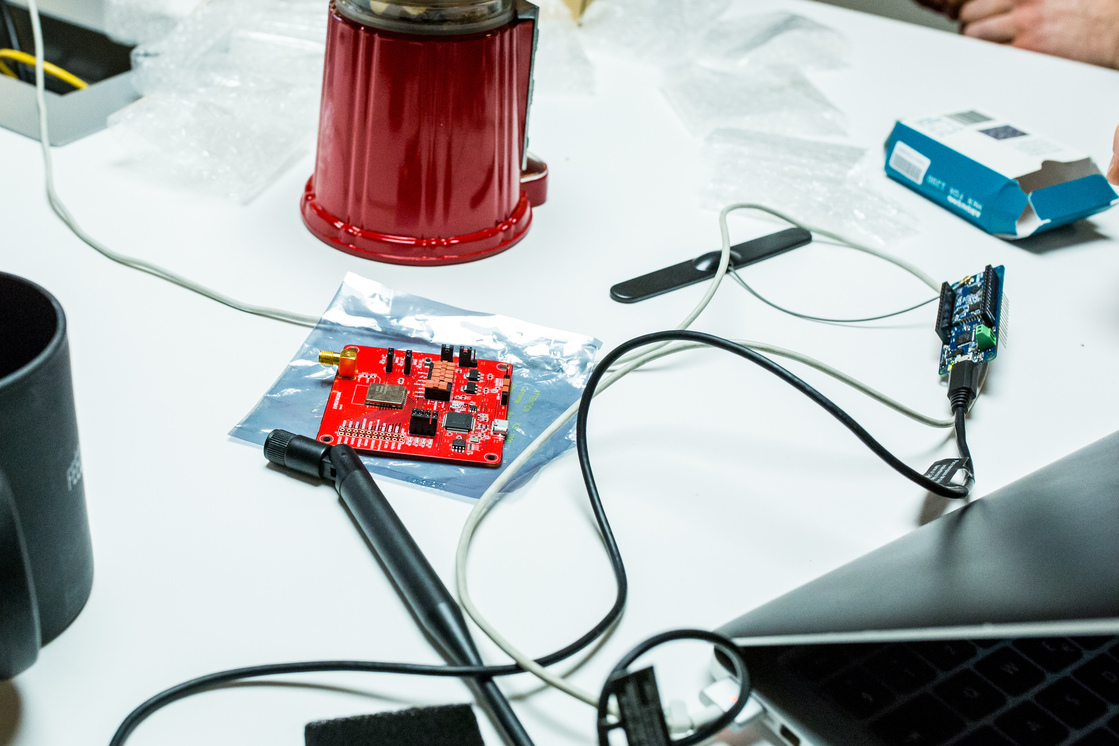There’s more and more talk about Industry 4.0 (I4.0). It started in Germany and meant the fourth industrial revolution. According to the German version I4.0 originally denoted a fully automatic factory with people not participating in the manufacturing process. Actually, I4.0 encompasses the operating model, ideology, information exchange and support services (infrastructure, logistics and energy supply) of the whole enterprise.
On the enterprise level, the most important change has to do with combining the up to now separate areas of information technology and manufacturing technology. Various ERP systems or other solutions facilitating production management have been used for a long time already, but production equipment has remained like a desert island in the vast ocean. The rapid development of the Internet of Things (IoT) helps overcome this deficiency as well.
The first step is to obtain an overview of the rate of utilisation of the equipment.
As the second step, the working time of a machine has to be connected with its work tasks, in order to get sufficient feedback for cost-benefit analysis. If any phase in the work takes 30% more time than estimated when pricing the product, it makes a major difference. A piece of equipment that is connected with the IT network can independently choose, which work tasks to perform, checking whether the necessary tools (e.g. calibrated milling cutters, punchers etc.) and workpieces are available.
The third step is continuous quality control and monitoring the process parameters. Often it is necessary to add special sensors to the equipment to measure the various additional parameters. Thus, it is possible to find a solution to the problem of fluctuating product quality for unknown reasons. Helmes is running a pilot project in Austria, where we are trying to use this method to find the reason for a problem in the quality of plasma covering of surfaces. At present, the possible fault is uncovered only some days later, in the last processing phase, but the cause remains a mystery. The solution may lie in analysing the big data related to the specific component, recorded from the controllers and special sensors of the machine.
The fourth step is continuous monitoring of the condition of the machines and preventive maintenance. The measurement and analysis of vibration could show for example, whether a rotating shaft is out of balance, a machine is suffering from overload or bearings are worn. Prevention of faults allows considerable savings in enterprises with continuous manufacturing processes.
The Future Is Exciting: Digital Twins and Industry 5.0
IoT enables real-time diagnostics. This is similar to car repairs. If for some unknown reason your car starts behaving in a strange manner and has to be taken to the shop for diagnostics, then more often than not you get the answer, “Yes, we tried and tested it, but found nothing suspicious”. Demo effect in all its glory! But if it were possible to register all possible parameters during driving and push a special button to denote the moment when the car started behaving in a strange way, fault detection would be so much easier in the shop later.
At the Productronica Trade Fair last November, several machines were advertised as Industry 4.0 compatible. Special upgrade sets are available for updating older pieces of equipment. All this will allow digitalisation of manufacturing in the future, in order to fully monitor and manage the processes.
Full digitalisation makes it possible to use a digital twin of the manufacturing process, testing in a virtual environment the making of new products or changing existing production lines. In principle, this is the same as sandboxing.
By the way, in Japan and Korea, they are already speaking about Industry 5.0, which means managing digitalised manufacturing by artificial intelligence. However, it may take some time before this becomes a reality.
